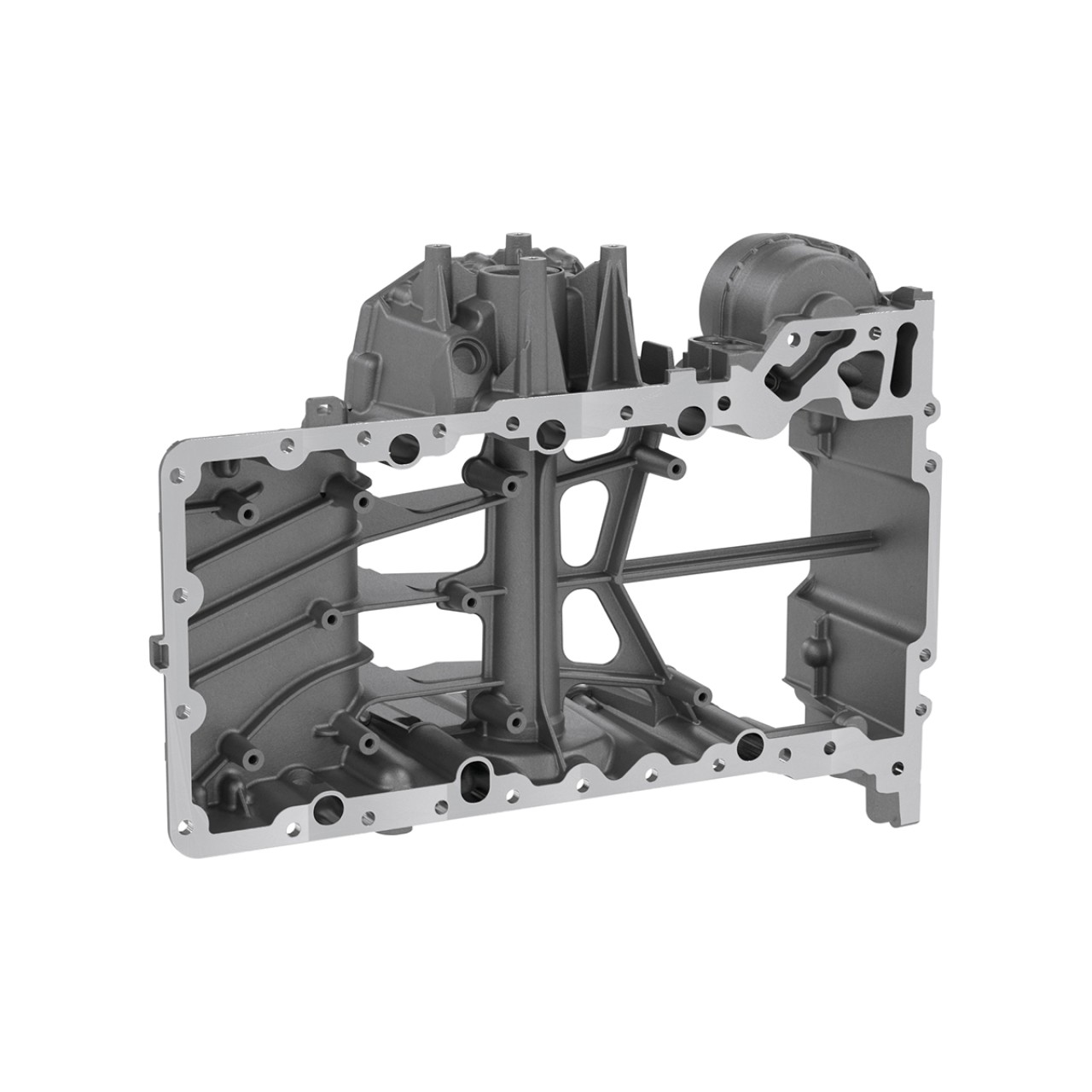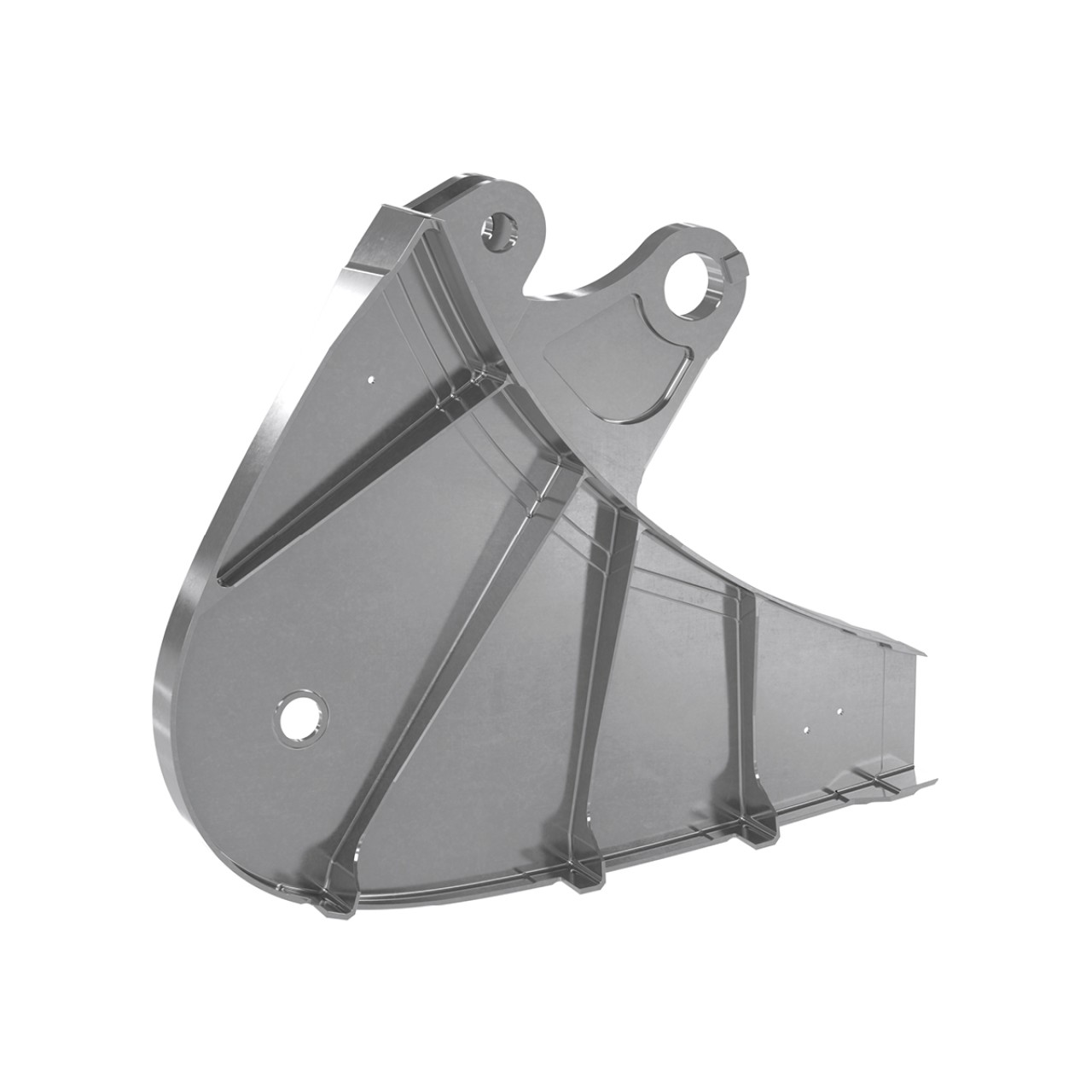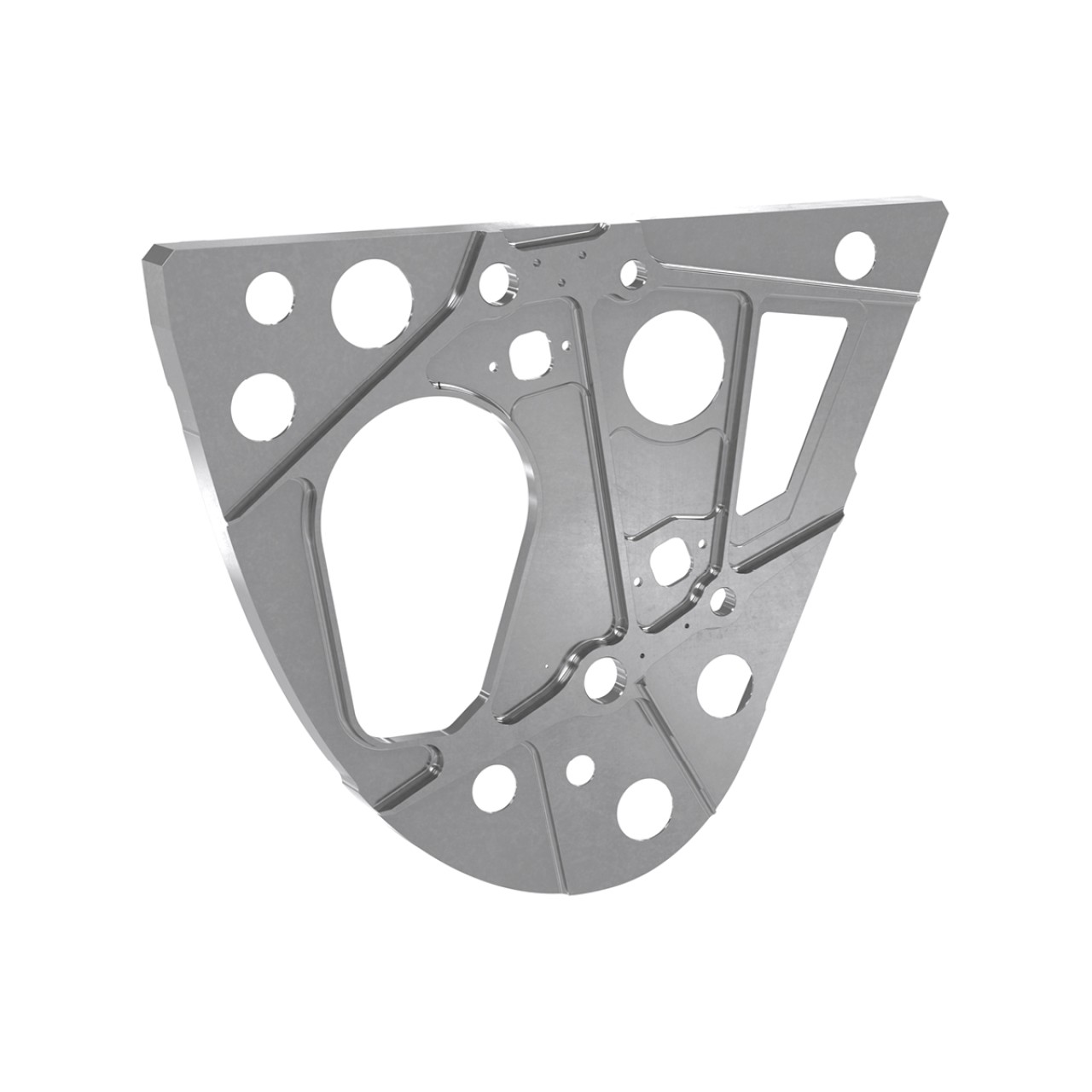In 2020, more than 1.2 million electric cars and plug-in
hybrids were sold – around a 15% increase on the previous year. According to a
recent report by the Center of Automotive Management (CAM), China is
increasingly becoming the mainstay customer of the transforming automotive
industry. The Electromobility Report 2021, by industry news outlet
electrive.net, also says »China is not only the largest global car market,
which [...] has recovered best from the coronavirus crisis. The country is also
the most important market for electric cars, enabling new players to enter the
premier league of global car manufacturers. Above all, the domestic players are
showing enormous flexibility and dynamism with new future-focused topics.« In
Europe too, the turnover from plug-in hybrids and fully electric cars is
growing rapidly compared to the downward trend of the market overall. Norway is
in pole position, where 87% of all new vehicle approvals in December 2020 were
plug-ins. The regulatory requirements on pollutants and sinking battery costs
are helping drive the development of the e-mobility sector.
Less air traffic,
smaller vehicles
China is also seeing growth in the aviation sector. The
country now has over 50 international airports and an additional 150 for
domestic travel. The large state airlines significantly built up their fleets
in 2020; the five-year plan announced at the 13th National People’s Congress,
particularly demanded development and construction of jet engines. The development across the rest of the world is more
complex. In 2020, consultancy firm Roland Berger drew up three different scenarios
on the effects of the COVID-19 pandemic and the further development of the
global aviation industry by 2030.
Scenario 1: A quick recovery by winter 2020.
Scenario 2: Delayed Cure with a 27% reduced demand until 2030 and the lower air
traffic density effecting the product mix. In the future, smaller models will
be most in demand, to make flying on certain routes profitable even with lower
passenger numbers. Scenario 3 – which is now the most likely – is a
significantly recessive development. This would include the »new normal«, a low
level in summer 2022, and a 50% reduction in demand. This »new normal« also
presents a challenge for suppliers. Operational processes have to be reduced
further and designed to be more efficient. The aviation industry also requires
innovative solutions to halve the CO2 output, as planned, by 2050. The
solutions may be in new drive technologies.
With
this backdrop – rapid growth in e-mobility and changed market conditions in
aviation – the highly productive machining of large components is gaining
significance for both sectors.
Automotive
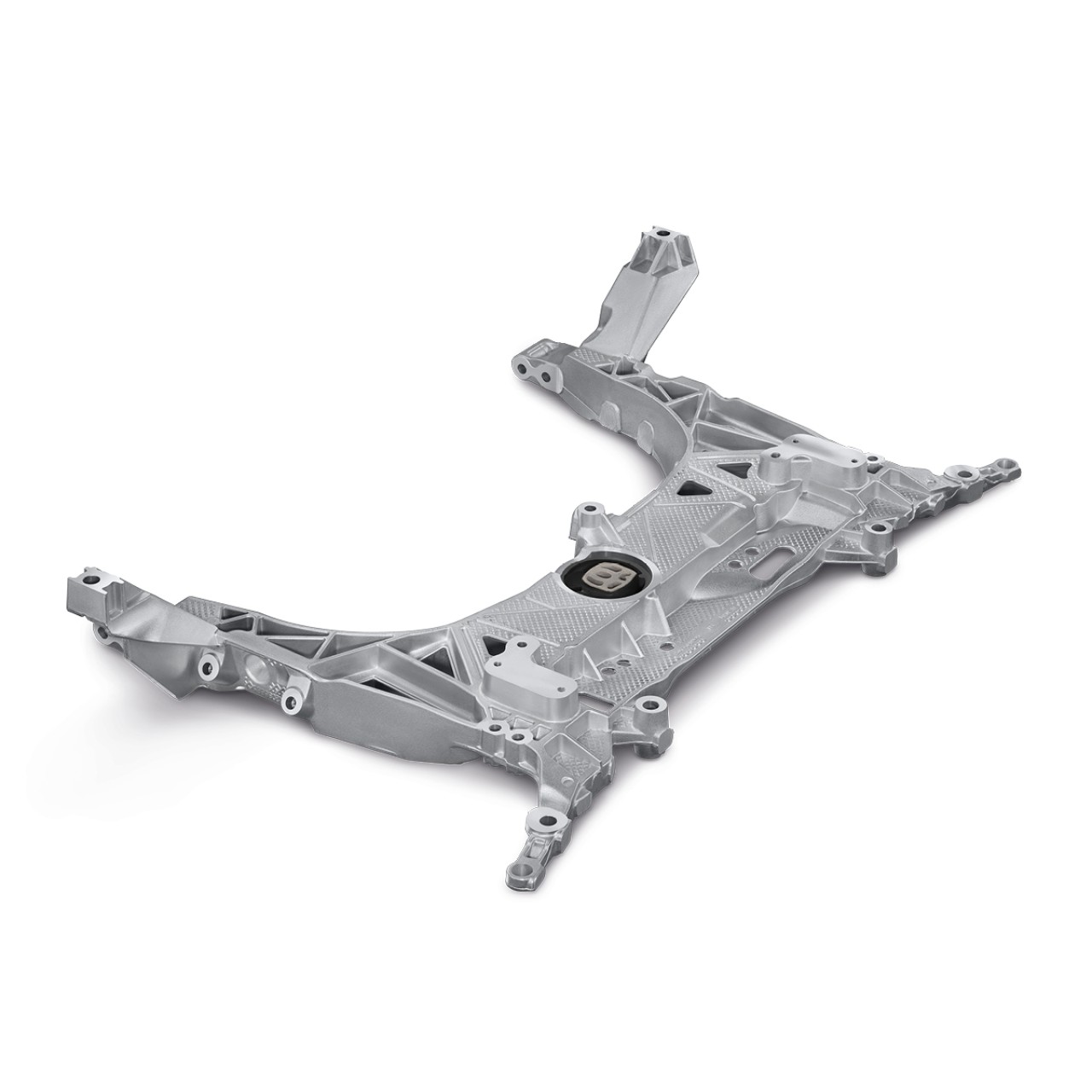
Engine mounts
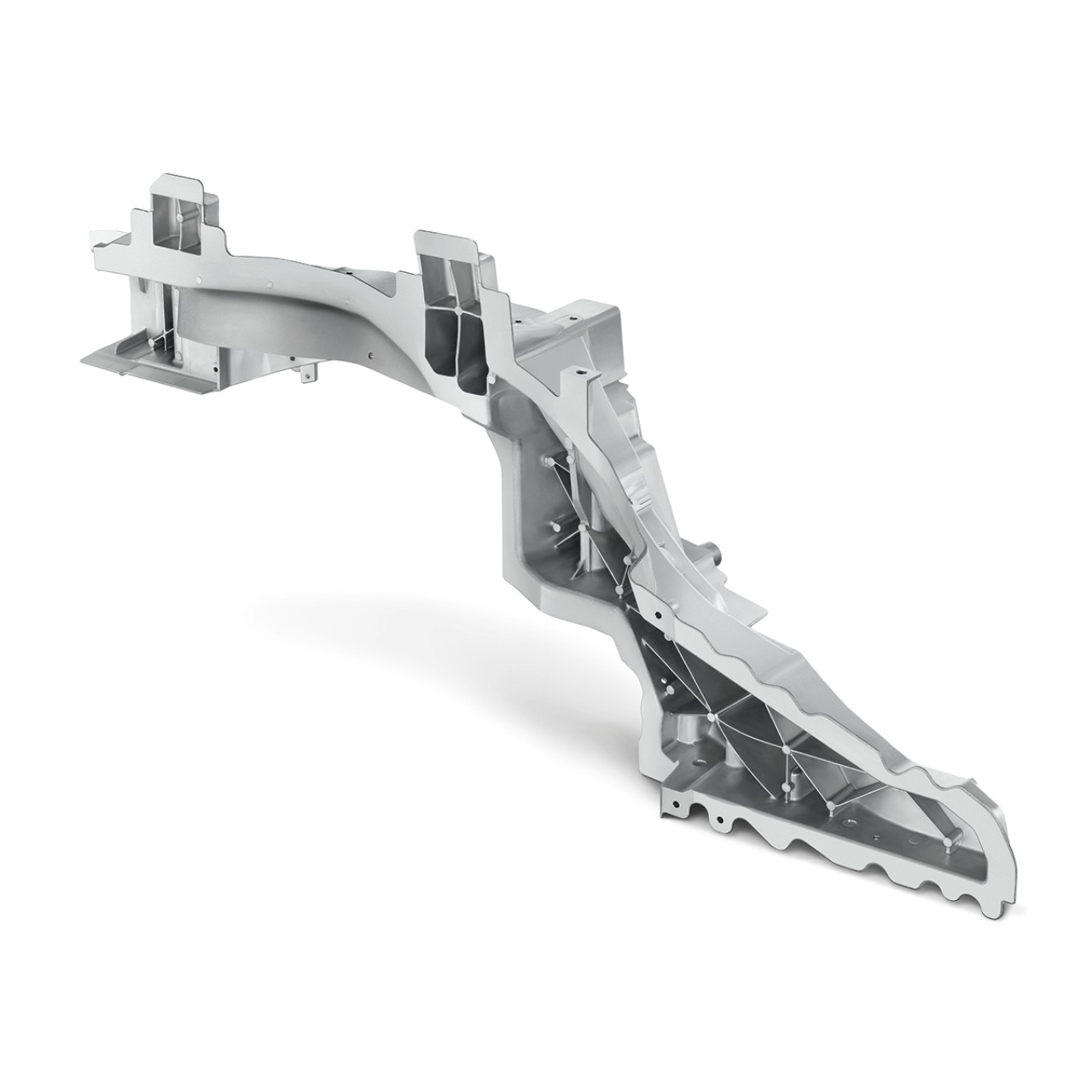
Main chassis beam
Large, larger
at the largest: Two spindles for maximum productivity
600, 800, 1,200 mm: With their graduated spindle clearance,
the three series are precisely designed for the various workpiece dimensions
and cover the whole range of
sizes and complex components for automotive and aerospace applications.
The common denominators for the double-spindle machining
centers include: Significantly shorter cycle times, optimum component quality,
high level of flexibility and a portable-sized rigid machine board for the
required precision. The large magazines ensure the productive machining of
demanding workpieces or product series, and the loading and unloading takes
place during regular operation. All machining centers can be configured to
customer requirements, and a coolant system or chip conveyor (and more) can be
added depending on the use. For increased utilization, the system can be
expanded to be fully automated. All series are ready to integrate the SmartLine digital systems for
optimized processes at the machine, in the environment, and in your company.
Process
advantages
Double-spindle, highly productive machining of large
components
Rigid machine base with a gantry or mobile gantry
construction ensures high precision
Process easily visible thanks to separation of the
operating and loading sides
Lots of tool options for versatile machining
Tool change during main operation
Independent tool change for each spindle for short
chip-to-chip times
Compact, flexible machine layout
Intuitive operation via TouchLine
Easy automation via robots or gantry
With the DZ 22 W five axis with a spindle
clearance of 600 millimeters, two different main spindles can be used depending
on the task at hand. The quicker spindle with an RPM up to 20,000 min-1and a torque of up to 110 Nm is ideal for aluminum or aluminum-alloy
workpieces. The stronger spindle with up to 12,500 min-1 RPM and a
torque of up to 200 Nm is best for hard materials and large tools. High axle
acceleration and efficient rapid traverse ensure the required dynamism. The 22 Series is available with two drives: A ball screw drive or a linear direct drive.
You can also choose from two plate variants: A suspension plate for four-axis
machining or two face plates for five-axis simultaneous machining.
CHIRON DZ 22 W five axis I High-performance milling
The spindles on the DZ 25,
with a spindle clearance of 800 mm, and the DZ 28 with 1,200-mm spindle clearance, can traverse
independently in X or Y direction – this makes it easy to offset inaccuracies
in tool pre-settings and with the clamping devices. Operating and loading take
place on separate sides with
easy access to the working area, and the same is true for the DZ 25 P five axis
and DZ 28 P five axis versions with pallet changer for high piece turnover and
short cycle times.
CHIRON DZ 25 P five axis I Wing Slot
|
DZ 22 W five axis |
DZ 25 S five axis |
DZ 28 S five axis |
|
|
DZ 25 P five axis |
DZ 28 P five axis |
| Max. travel X–Y–Z |
620 – 650 – 600 mm |
800 – 1,100 – 800 mm |
1,200 – 1,100 – 800 mm |
| Max. power |
61 kW |
61 kW |
61 kW |
| Spindle clearance DZ |
600 mm |
800 mm |
1,200 mm |
| Max. spindle speed |
20,000 RPM |
20,000 RPM |
20,000 RPM |
| Max. spindle torque |
200 Nm |
200 Nm |
200 Nm |
| Chip-to-chip time from |
3.1 s |
3.5 s |
3.5 s |
| Max. axis acceleration X–Y–Z |
10 – 10 – 17 m/s2 |
10 – 10 – 15 m/s2 |
10 – 10 – 15 m/s2 |
| Max. rapid traverse speeds X–Y–Z |
75 – 75 – 75 m/min |
120 – 75 – 75 m/min |
120 – 75 – 75 m/min |
| Max. number of tools |
2 x 77 |
2 x 60 |
2 x 60 |
| Tool holder |
HSK-A63/-A100/-T63 |
HSK-A63 |
HSK-A63 |
| Max. workpiece weight |
600 kg |
500 kg |
700 kg |
| Max. workpiece diameter |
599 mm |
799 mm |
1,200 mm |
| Max. workpiece height |
340 mm |
612 mm |
750 mm |
| Pallet size (for P variant) |
|
630 x 630 mm |
800 x 800 mm |
| Time to change pallet |
|
12 s |
12 s |

